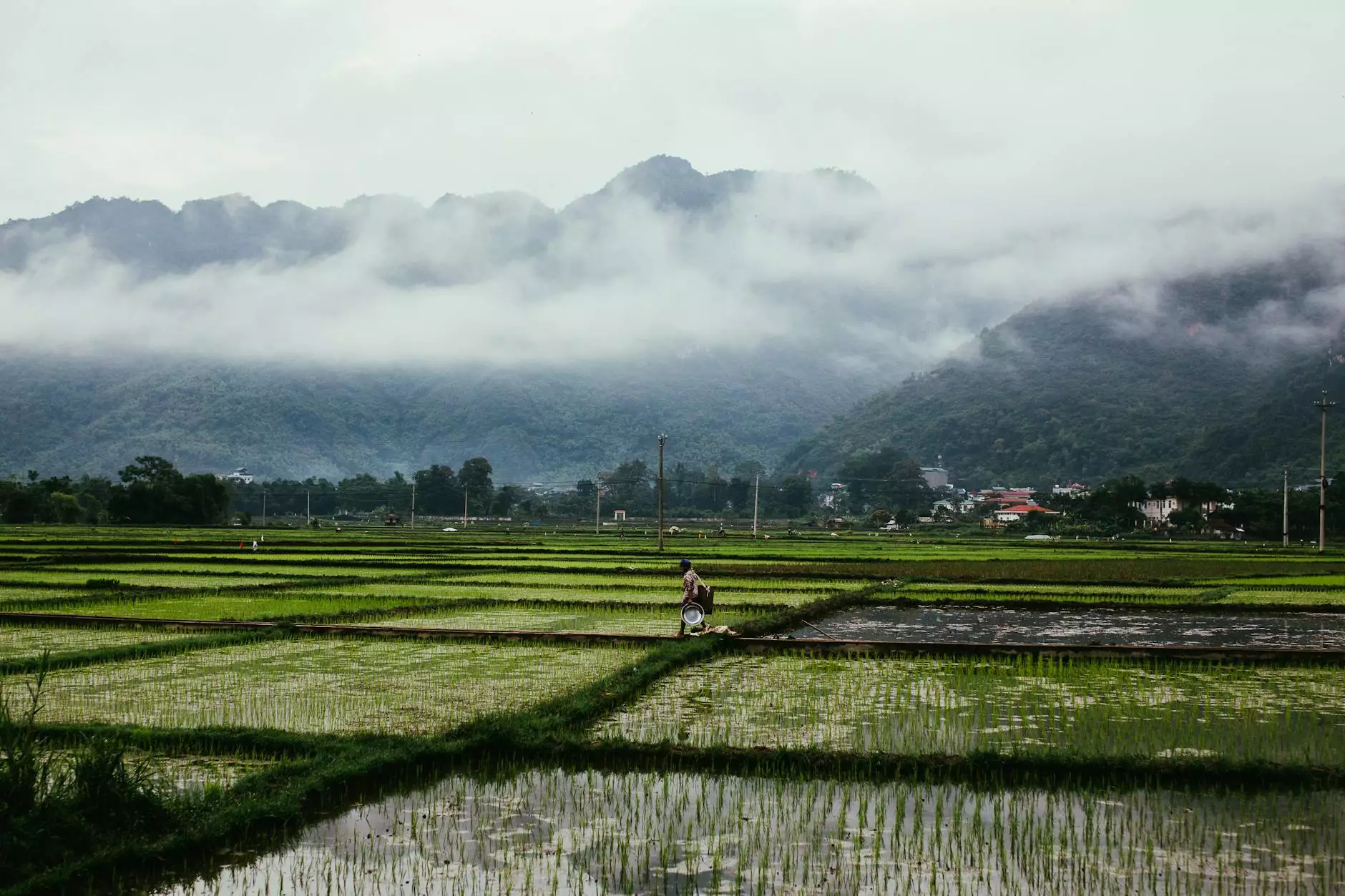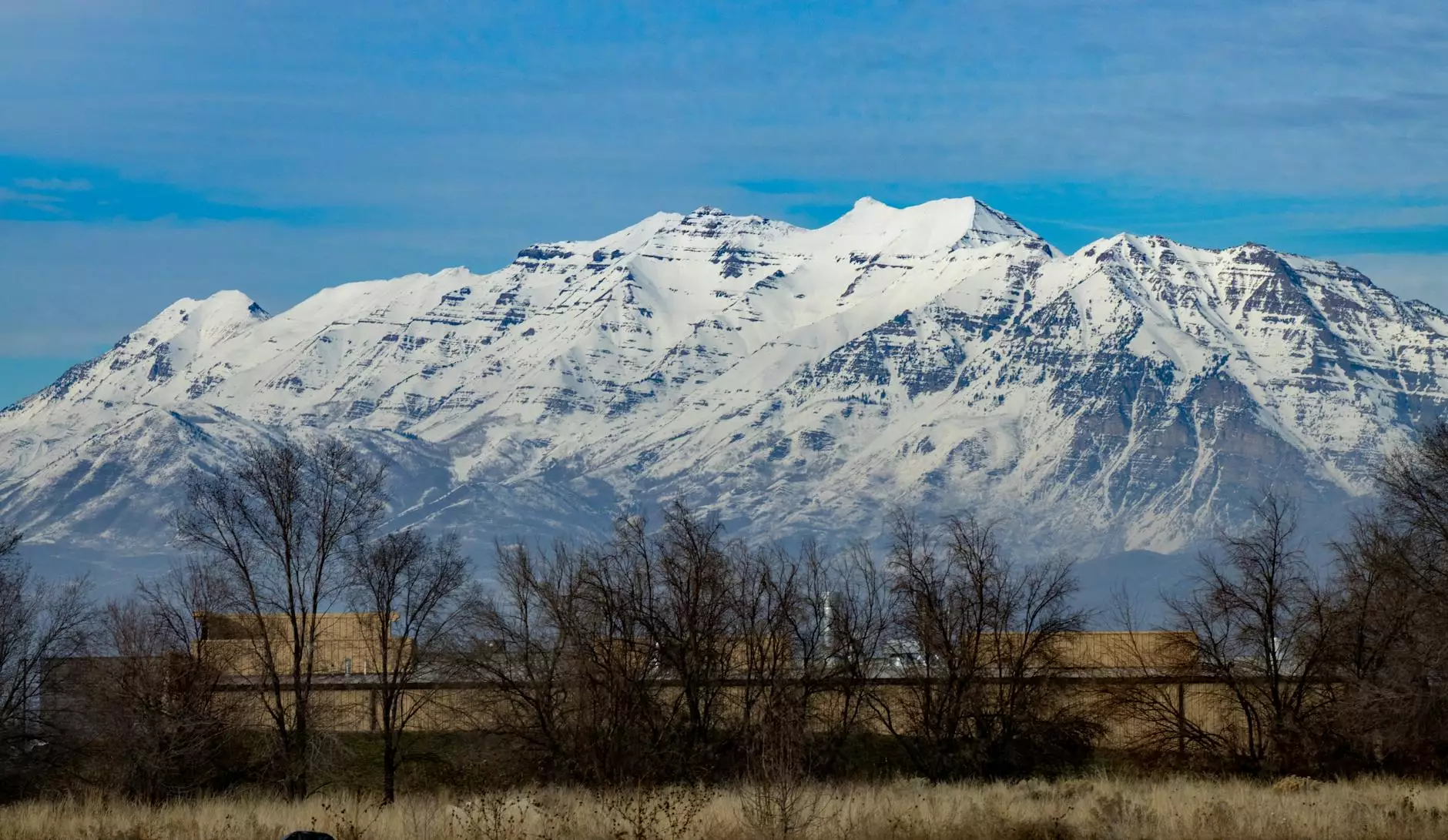Revolutionizing Agriculture: The Rise of Agro Drones

Agro drones are at the forefront of technological innovation in the agricultural sector. As farmers face the ever-increasing challenges of climate change, population growth, and the need for sustainable practices, agro drones present a transformative solution. Their ability to enhance efficiency, improve crop yields, and reduce environmental impact is making them an essential tool for modern farming.
What Are Agro Drones?
Agro drones are unmanned aerial vehicles (UAVs) specifically designed for agricultural applications. These drones are equipped with various sensors, cameras, and mapping technologies that empower farmers to monitor and manage their crops more effectively. The integration of drones into agriculture is considered a large leap towards precision farming, allowing for a more data-driven approach to growing and managing crops.
The Technology Behind Agro Drones
The technology embedded in agro drones is remarkably advanced. Here are some key features:
- High-resolution cameras: Capture detailed images of fields for analysis.
- Multispectral sensors: Measure plant health indicators by analyzing light reflectance at different wavelengths.
- GPS and mapping technology: Provide precise location data for accurate field mapping.
- Spraying systems: Enable targeted application of fertilizers and pesticides, reducing waste and environmental impact.
Benefits of Using Agro Drones in Agriculture
The adoption of agro drones is transforming the way farmers approach agricultural practices. The major benefits include:
1. Enhanced Crop Monitoring
Agro drones allow for real-time monitoring of crop conditions. Farmers can easily gather data on crop health, soil conditions, and moisture levels, enabling them to make informed decisions. This capability helps in early detection of diseases and pest infestations, allowing for timely intervention.
2. Precision Agriculture
With the ability to analyze detailed maps of fields, agro drones enable precision agriculture. Farmers can apply resources like water, fertilizers, and pesticides with pinpoint accuracy, leading to increased efficiency and reduced costs. This precision not only saves money but also minimizes the environmental impact of farming.
3. Increased Efficiency
Using agro drones can significantly increase operational efficiency on the farm. What traditionally took days or weeks to assess can now be accomplished in hours. This rapid data collection empowers farmers to respond quickly to changing conditions in the field.
4. Cost Savings
By using agro drones for various tasks such as crop surveillance and pest control, farmers can save substantial amounts of money. Efficient use of inputs leads to reduced waste and lower operational costs.
5. Improved Yield
The data-driven insights provided by agro drones enable farmers to optimize their farming practices. Improved monitoring and management can lead to better crop yields, contributing to food security and higher profits.
Applications of Agro Drones in Modern Farming
Agro drones have diverse applications, ranging from crop monitoring to precision spraying. Some primary applications include:
1. Crop Surveillance
Farmers utilize agro drones for routine aerial inspections of fields. This enables them to quickly and accurately assess crop health and detect issues that may require attention, such as nutrient deficiencies or pest problems.
2. Soil Analysis
Agronomists use drones equipped with specific sensors to map and analyze soil variance across different fields. This information is crucial for tailoring fertilization and irrigation strategies to specific areas within a field.
3. Crop Spraying
Agro drones can be outfitted with spraying systems to deliver pesticides and fertilizers directly to targeted areas. This reduces the amount of chemicals used and avoids unnecessary exposure of beneficial plants and organisms.
4. Irrigation Management
Drones can assist in monitoring irrigation levels across large farms, helping farmers identify areas that are over or under-watered. By optimizing irrigation practices, farmers conserve water and improve crop health.
5. Livestock Monitoring
In addition to crop management, agro drones can also be employed to monitor livestock. They can track animal health and movements, providing farmers with real-time insights into their herds.
Choosing the Right Agro Drone
Selecting the right agro drone for your farming needs involves considering several factors:
- Payload capacity: Determine what kind of sensors or equipment you will need.
- Flight time: Assess how long the drone can operate before needing a recharge.
- Range: Understand the area the drone can cover in a single flight.
- User-friendliness: Look for drones with intuitive controls and user-friendly software for data analysis.
- Support and warranty: Choose reputable manufacturers that offer good customer support and warranties.
Regulations and Compliance for Agro Drones
As with any technology, the use of agro drones is subject to regulations. It’s vital for farmers to understand the legal requirements for operating drones in their regions. These regulations may involve:
1. Licensing and Certification
Many countries require drone operators to obtain specific licenses before using drones for commercial purposes. This is to ensure that operators are knowledgeable and can handle the technology safely.
2. Airspace Regulations
Farmers must also adhere to airspace regulations, which dictate where and how high drones can fly. This is particularly important in areas near airports or populated regions.
3. Data Privacy
When using drones for crop monitoring, farmers need to be aware of data privacy laws to protect any personal or proprietary data collected during surveys.
The Future of Agro Drones in Agriculture
The future prospects for agro drones are incredibly promising. As technology continues to evolve, we can expect enhanced features such as:
- Autonomous flight capabilities: Drones that can fly predefined routes without human intervention.
- Integration of AI: Artificial intelligence may enable more sophisticated analysis of data collected, allowing for predictive analytics and even more precise farming techniques.
- Increased payload options: Future drones may carry heavier sensors and advanced equipment to assist with an even wider array of agricultural tasks.
- Data sharing platforms: Enhanced platforms for sharing and analyzing agricultural data among farmers, agronomists, and agritech companies.
Conclusion
As we delve deeper into the era of technological advancement, agro drones stand out as a beacon of innovation in agriculture. Their ability to enhance efficiency, improve yields, and promote sustainable practices is not just a trend; it’s a revolution in the farming industry. By adopting these cutting-edge tools, farmers can stay ahead in a competitive landscape, ensuring not only their success but also contributing to global food security and environmental sustainability.
For more information and insights on agro drones and their applications, visit a-drones.com and discover how drone technology is shaping the future of agriculture.









